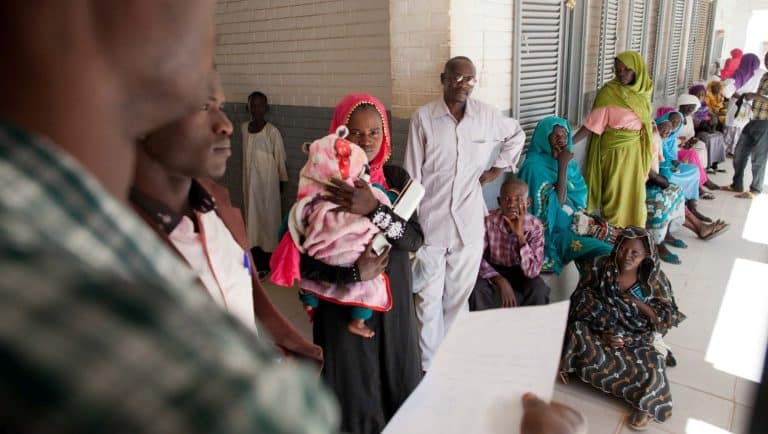
Improving healthcare, but for whom?
The International Finance Corporation (IFC) should increase its focus on health equity, so their private investments in healthcare promote universal access. Read more
Image: Rawpixel/Flickr
The world may face a shortfall of 10 million health workers by 2030, primarily in low- and middle-income countries, according to the latest information from the WHO.1 Despite the widespread recognition of their needs, the health workforce remains suffering from underfunding. What is required to enhance the financing for human resources for health, specifically by development actors?
In the article “An explanatory review of investments by development actors in health workforce programs and job creation,” published this week in the academic journal Human Resources for Health, co-authors Remco van de Pas (Institute of Tropical Medicine and Center for Planetary Health Policy), Linda Mans (Manskracht), and Myria Koutsoumpa (Wemos) address this question by mapping and analyzing investments carried out by development actors. The study identifies trends and provides recommendations to improve investments in the global health workforce, ultimately aiming for accountability and commitment by the international community.
The research takes the ten recommendations of the UN High-Level Commission on Health Employment and Economic Growth as a guiding reference to analyze the programs implemented by the development actors. It thus pinpoints three trends, which can be briefly summarized as follows:
The article concludes with five policy recommendations for international health workforce investments by development actors.
1) Develop a truly coherent global health workforce financing agenda and collaborative framework, including and beyond development aid for low- and middle-income countries. Solidarity and cooperation at the multilateral, regional and domestic levels are required to sustain health workforce investments.
2) Address the health skills supply gap of the global market by providing financial and non-financial incentives to middle- and high-school graduates to enter health professions.
3) Significantly increase Official Development Assistance funding, with an emphasis on programmes to create health sector jobs for youth and women.
4) Create sustainable health labour mobility partnerships between countries.
5) Implement the necessary macro-economic policy enablers that supplement domestic finance and development aid in rapidly scaling up health workforce investments: extensive debt cancellation and the issuing of more Special Drawing Rights by the International Monetary Fund; reforms of international corporate taxation; creation of a new multilateral health systems financing mechanism; and reforming the conditions tied to external loans and their impact on fiscal space.
The article was peer-reviewed and published on 07 July 2023 in the journal Human Resources for Health by BioMed Central (BMC), part of the Springer Nature Group and published in collaboration with the World Health Organization. To access the official publication, click here.
1 The publication mentions a shortfall of 18 million health workers, according to the WHO Global strategy on human resources for health: Workforce 2020. The updated shortfall number of 10 million was announced in April 2023, after the article was submitted for peer-review.
Read the articleReceive our newsletter